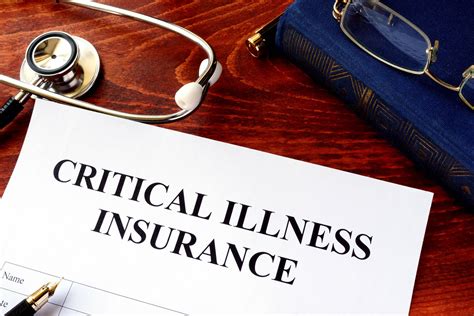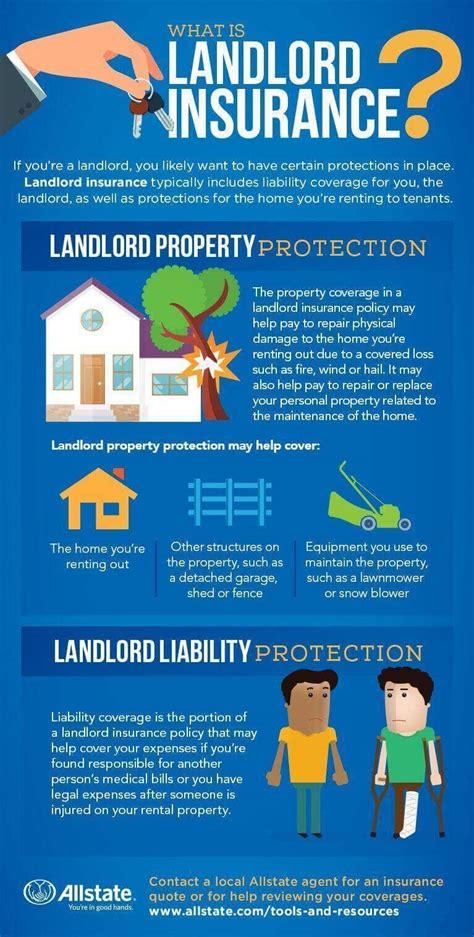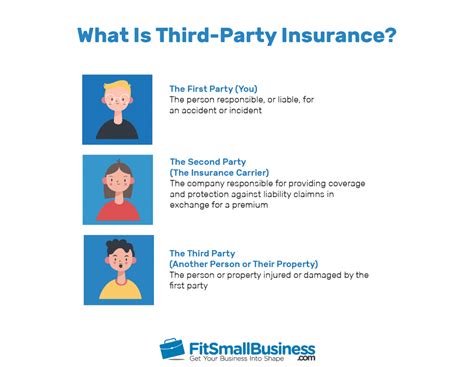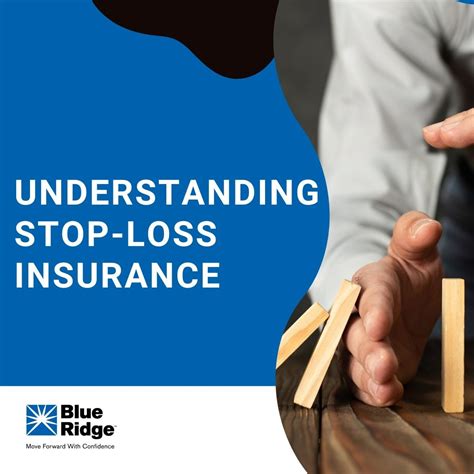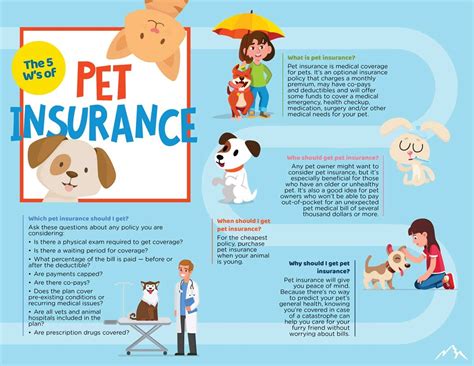Learn about hazard insurance coverage, types of hazards covered, costs, and premiums. Understand the importance of hazard insurance for protection and peace of mind.
Understanding Hazard Insurance
Contents
Hazard insurance is a type of insurance coverage that protects a homeowner against the costs of damage caused by natural disasters such as earthquakes, floods, and hurricanes. This type of insurance is important for homeowners who live in areas that are prone to these types of hazards. Hazard insurance is usually required by mortgage lenders, as it provides protection for the lender’s investment in the property.
Types of hazards covered by hazard insurance can vary depending on the policy and the insurance provider. Common hazards that are typically covered include fire, hail, windstorms, and theft. It’s important to carefully review the coverage options and exclusions when purchasing hazard insurance to ensure you have the protection you need.
The costs and premiums of hazard insurance can also vary based on factors such as the location of the property, the value of the home, and the extent of coverage. Premiums are typically paid on an annual basis, and it’s important to compare quotes from different insurance providers to ensure you’re getting the best rate for your coverage needs.
Understanding the importance of hazard insurance is essential for homeowners, as it provides financial protection in the event of a disaster. Without hazard insurance, homeowners could face significant financial losses if their property is damaged or destroyed by a covered hazard. By having the right coverage in place, homeowners can have peace of mind knowing that they are financially protected in the event of a natural disaster.
Coverage and Protection
What is Hazard Insurance
Hazard insurance provides coverage and protection against a variety of risks and hazards that can damage your property. This type of insurance is designed to protect homeowners from financial loss due to unforeseen events such as fires, earthquakes, and floods. By having hazard insurance, homeowners can have peace of mind knowing that they are financially protected in the event of a disaster.
One of the main benefits of hazard insurance is that it covers a wide range of hazards, ensuring that you are protected in the event of a natural disaster or accident. Standard hazard insurance policies typically cover damage from fire, lightning, wind, hail, smoke, vandalism, and theft. However, it is important to review your policy carefully to understand exactly what is covered and what is not.
In addition to providing coverage for your home, hazard insurance also offers protection for your personal belongings. In the event of a covered loss, hazard insurance will help cover the cost of replacing or repairing your personal property, such as furniture, clothing, and electronics. This can be especially important if you have valuable possessions that could be expensive to replace on your own.
It is essential to understand the types of hazards covered by your hazard insurance policy, as well as any exclusions or limitations that may apply. Knowing the details of your coverage can help you make informed decisions and ensure that you have adequate protection in place.
| Types of Hazards Covered | Costs and Premiums |
|---|---|
| Fire | Factors that affect the cost of hazard insurance include the location and age of your home, your credit score, and the coverage limits you choose. |
| Wind | It is important to shop around and compare quotes from different insurance companies to find the best rates for your hazard insurance policy. |
| Hail | Depending on your location and the level of risk in your area, the cost of hazard insurance premiums can vary. |
| Smoke | While hazard insurance is an additional expense for homeowners, it is an important investment that can protect you from significant financial loss in the event of a disaster. |
In conclusion, hazard insurance provides coverage and protection against a wide range of hazards, offering financial peace of mind to homeowners. It is important to understand the types of hazards covered by your policy and any limitations that may apply. By having hazard insurance, you can protect your home and personal belongings from unexpected events, ensuring that you are financially prepared for the unexpected.
Types of Hazards Covered
Hazard insurance is a vital component of protecting your home or property from unexpected events and damages. It is important to understand the different types of hazards that are covered under a hazard insurance policy, as this will help you make informed decisions about the level of coverage you need.
Natural Hazards: Hazard insurance typically covers natural disasters such as floods, earthquakes, hurricanes, tornadoes, and wildfires. These events can cause extensive damage to your property, and having insurance coverage for these hazards is crucial for financial protection.
Man-Made Hazards: In addition to natural disasters, hazard insurance also covers man-made hazards such as vandalism, theft, and damage caused by accidents. These incidents can occur unexpectedly and having the right insurance coverage in place can be a relief during times of distress.
Liability Hazards: Hazard insurance may also cover liability hazards, which could include injuries sustained by individuals while on your property. This coverage can help protect you from legal and medical expenses in the event of an accident or injury on your property.
Environmental Hazards: Hazard insurance may also provide coverage for environmental hazards such as pollution and hazardous materials. This type of coverage is important, especially for properties located in areas with high environmental risk.
Costs and Premiums
What is Hazard Insurance
When it comes to hazard insurance, the costs and premiums can vary depending on a number of factors. The costs of hazard insurance refer to the amount of money you will pay for the coverage, while the premiums are the regular payments you make in order to keep the policy in force. These costs and premiums are determined by a variety of factors, including the location of your home, the value of your property, and the specific hazards that are covered by your policy.
One of the main factors that can affect the costs and premiums of hazard insurance is the location of your home. If you live in an area that is prone to natural disasters such as hurricanes, floods, or earthquakes, you may be required to pay higher costs and premiums in order to obtain the necessary coverage. On the other hand, if you live in a relatively low-risk area, you may be able to secure hazard insurance at a lower cost.
Another important factor that can impact the costs and premiums of hazard insurance is the value of your property. If your home and belongings have a high value, you can expect to pay higher costs and premiums for coverage. Conversely, if your property has a lower value, you may be able to secure hazard insurance at a more affordable price.
It’s also important to consider the specific hazards that are covered by your policy when determining the costs and premiums. Some hazards, such as fire and theft, are commonly covered by hazard insurance policies, while others, such as flooding and earthquakes, may require additional coverage. The more hazards that are included in your policy, the higher the costs and premiums are likely to be.
In conclusion, the costs and premiums of hazard insurance can vary based on a number of factors, including the location of your home, the value of your property, and the specific hazards that are covered by your policy. It’s important to carefully consider these factors in order to determine the best coverage for your needs at a price that you can afford.
Importance of Hazard Insurance
What is Hazard Insurance
Hazard insurance is an essential component of protecting your home and personal property from potential risks. This type of insurance provides coverage for various hazards, such as natural disasters, fire, theft, vandalism, and other unforeseen events that could result in damage or loss. Without proper hazard insurance, homeowners could be left financially vulnerable and struggling to recover from the aftermath of any unfortunate incidents.
Having hazard insurance in place ensures that homeowners are not solely responsible for covering the costs associated with repairing or replacing their property in the event of a disaster or other covered hazard. With the right coverage, individuals can mitigate the financial burden and have peace of mind knowing that their investment is protected.
Additionally, hazard insurance is often a requirement for homeowners who have a mortgage. Lenders typically require borrowers to have adequate hazard insurance as part of the loan agreement to safeguard their investment in the property. This means that maintaining adequate hazard insurance coverage is not only important for protecting the homeowner’s interests, but it is also a crucial aspect of meeting the lender’s requirements and upholding the terms of the mortgage agreement.
It is important for homeowners to understand the specific hazards that are covered by their insurance policy, as well as the limitations and exclusions that may apply. By being aware of the scope of their coverage, homeowners can make informed decisions about their insurance needs and take steps to ensure they have adequate protection against potential risks.
In conclusion, hazard insurance plays a vital role in safeguarding homeowners against unforeseen events and providing financial protection in the face of adversity. By understanding the importance of hazard insurance and securing the appropriate coverage, homeowners can effectively manage the risks associated with owning a property and ensure their financial well-being in the event of a hazard-related incident.


